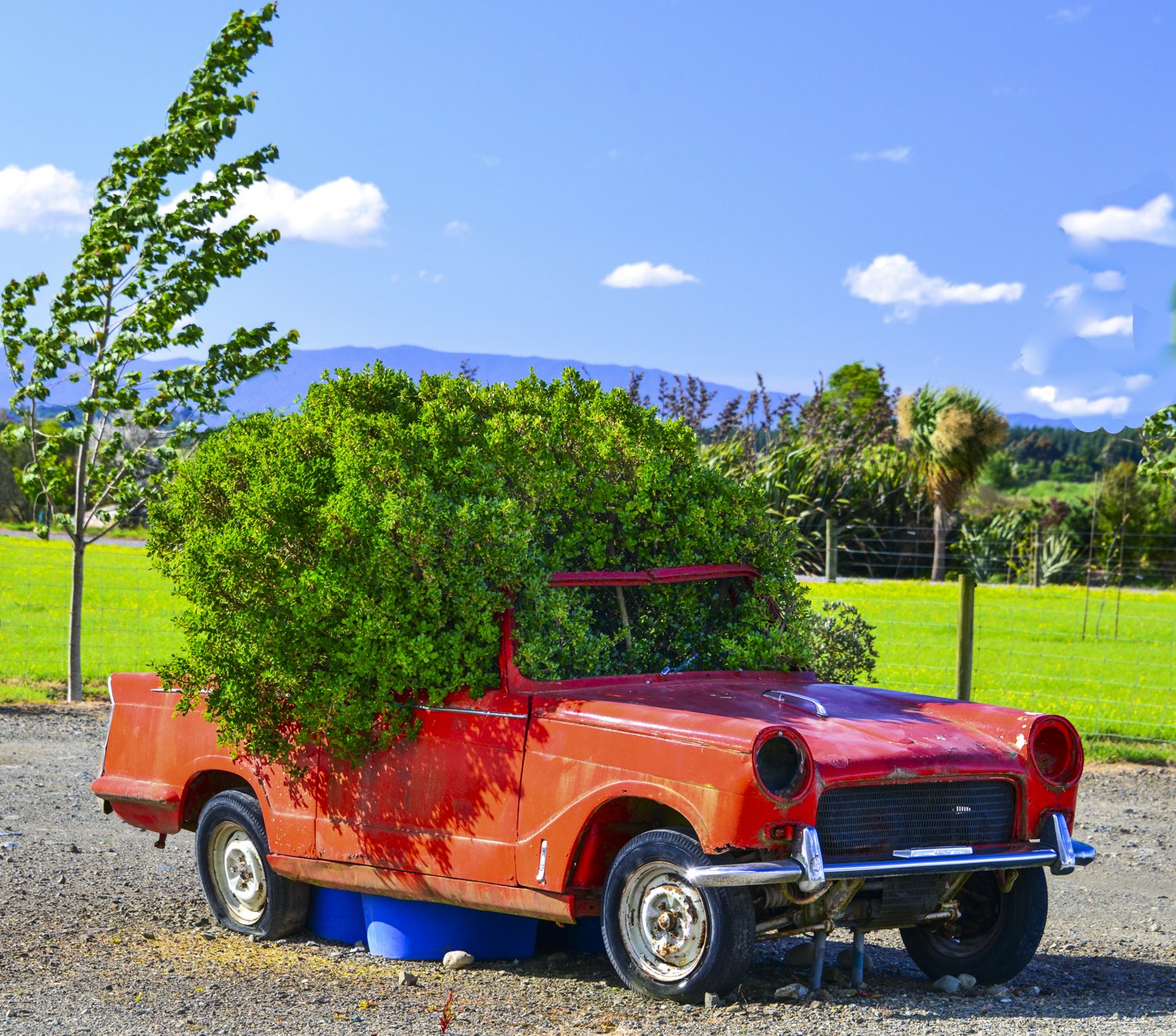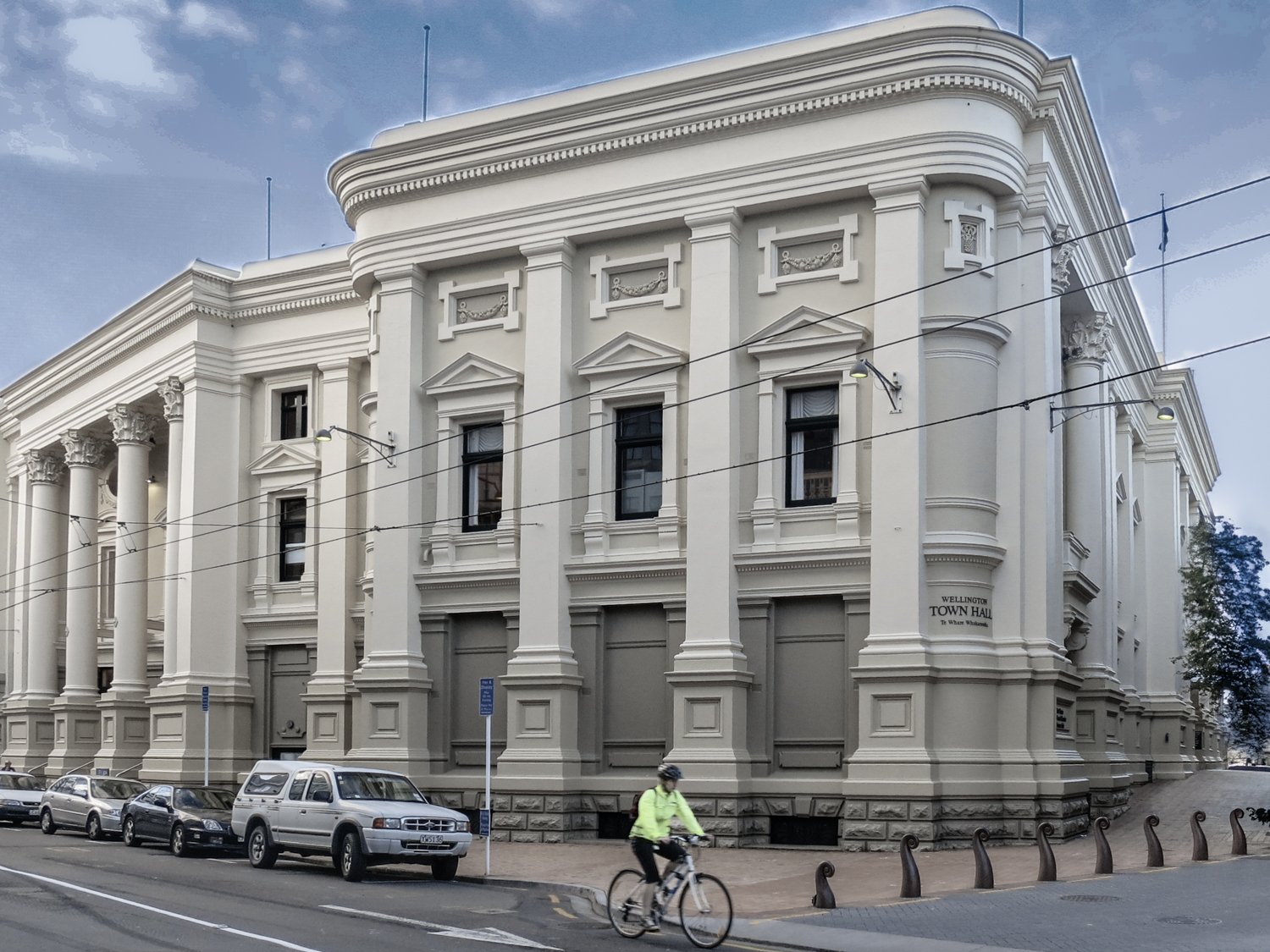New Zealand
2012
-
The South Island of New Zealand has spectacular natural vistas and is a treat to visit and photograph. Its scenery has great variety and includes areas reminiscent of fjords of Norway, snow-covered peaks of Switzerland, lush green hills of Ireland, beaches and vineyards of the Cape Town area, and so forth.
Among the picturesque areas of the South Island shown here are: the curving beach at Sandfly Bay; the beach, cliffs and dormant volcano at Sandymount Reserve; Moeraki Boulders Beach, with its otherworldly boulders that some have thought are ancient bowling balls of Maori gods; unusual land formations around Mid Dome Mountain (4,849 feet high); Lake Wakatipu; the Fiordland National Park, which includes Milford Sound and photogenic Mitre Peak (5,552 feet high); the area where the Carples River joins the Dart River with the Remarkables Mountains; dark blue Lake Marian and Mt. Christina (elevation 8,117 feet); iconic Aoraki/Mt. Cook (altitude 12,218 feet), the highest mountain in Australia and New Zealand; Cullen Point Lookout and Whenuanui Bay; Queen Charlotte Sound all the way out to Cook Straight, which separates the North and South Islands; the shoreline just east of Abel Tasman National Park, with its famous Split Apple Rock; Torrent Bay, Medlands Beach; Tonga Island; and, the beach of Moturoa/Rabbit Island.
There were camera-friendly adventures, including the following:
Flights over mountains and valleys in a three-passenger helicopter between Queenstown and Milford Sound. It set down on a snowy ridge high up a mountain, providing great views of picturesque sights mentioned above.
Hikes on a couple of the well-known “tracks”, including The Abel Tasman Coast Track.
A heart-stopping ride in a jet-powered boat on the Shotover River near Queenstown. It raced through a narrow gorge and under a stately high bridge.
Traversing the rugged terrain adjacent to the Tasman Glacier in an "Argo" 8WD all-terrain vehicle.
Traveling in a high-powered, two-hulled ship that went about six miles out to sea for close-ups of sperm whales.
Special places to observe and photo animals included:
Kaikoura, renowned for marine mammals (sperm and other whales, dolphins, seals, etc.) that are attracted because of ocean currents and the continental shelf conditions.
The Royal Albatross Centre, which has the world's only mainland albatross colony. There were northern royal albatrosses, the world's largest seabirds (wingspans of up to 11 feet and weights from 13 to 28 pounds). Some northern royals were on their nests as it was that time of the year.
The Otago Peninsula’s reserve for yellow-eyed penguins (Hoiho Penguins), the world's rarest penguins. Visitors walk in trenches with canopies overhead ("hides") that have windows that allow close-up views of the penguins.
Other photogenic spots shown here are:
Arrowtown, which was founded in the 1860s when gold was discovered in the Arrow River.
Cardona, which has a hotel dating back to the 1860s with a picturesque early 20th century vehicle parked in front.
The "original" Kaikoura Seafood BBG roadside shack which serves perfectly cooked, and deservedly famous, local crayfish. The Pier Hotel Brasserie, which is nearby, oozed with local charm and good food.
An example of New Zealand’s artsy sense of humor in the form of an old beat-up bright red vehicle that had been turned into a planter.
Dunedin’s Railway Station, which is a 1906 example of Flemish Renaissance architecture, may be New Zealand’s most photographed building.
As for history, we visited the bay that is in Marlborough Sounds near Queen Charlottes Sound, now called Ship Cove, where Captain James Cook moored the HMS Endeavor on five trips to rest sick sailors and get fresh water. During 1768-1779, he navigated the southern part of the globe and was the first to circumnavigate and chart New Zealand.
Although not (yet) “historic”, Jens Hansen’s jewelry shop in the town of Nelson, on the North tip of the South Island, has become an icon. It is where Hansen made the world-famous golden “one ring” used in the filming of The Lord of the Rings and The Hobbit trilogy (replicas of the “one ring” were for sale with custom Elvish).
Shown here from the North Island are some of the Lord of the Rings filming locations, including at Rivendell and Harcourt Park, as well as the façade of Wellington’s old movie theatre, the Embassy, that had just been decorated for the world premiere of the first film in the The Hobbit trilogy.
Hopefully this gallery offers a sense of New Zealand’s extraordinary and diverse natural beauty and of the many opportunities there for photography.

















































































